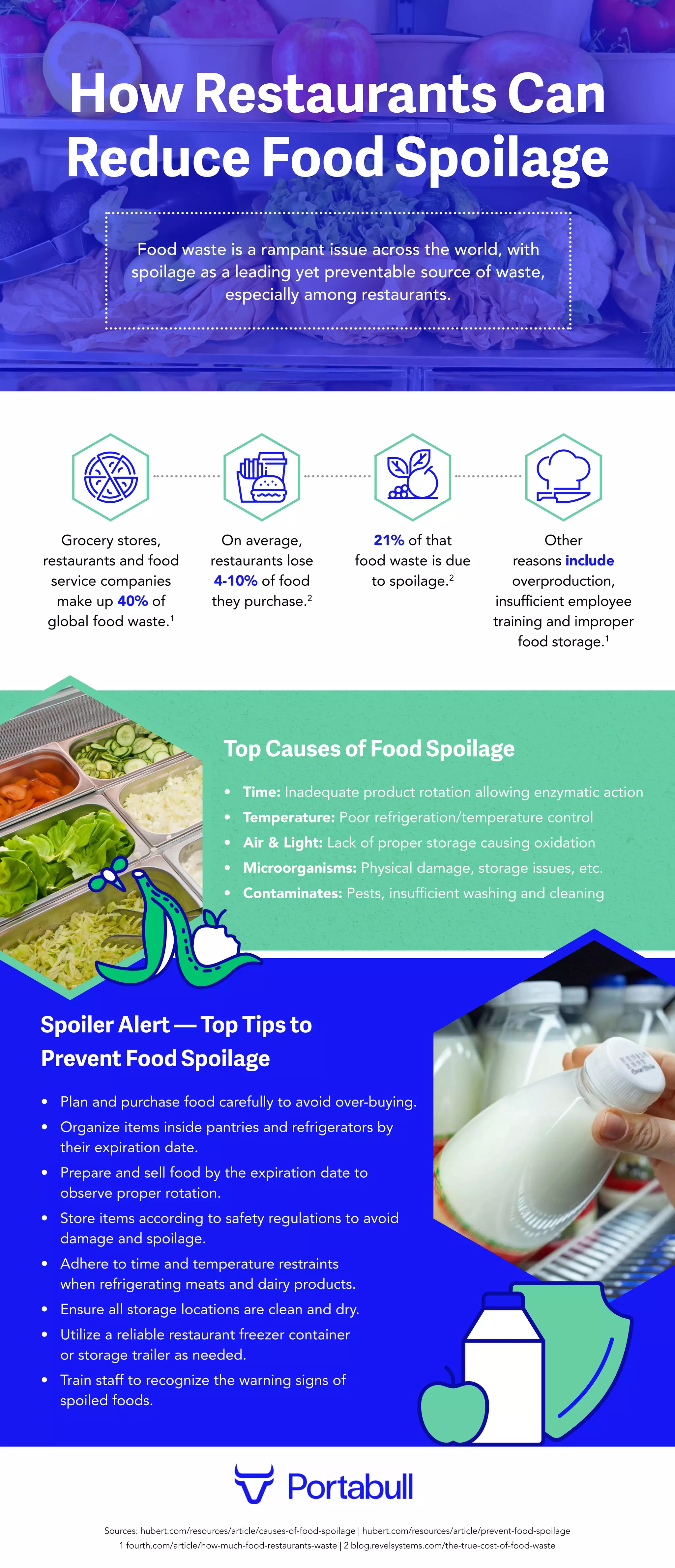When considering the effects that restaurant-based food spoilage and waste has, it can be easy to overlook the external parties impacted. As far as any given restaurant goes, diminishing the chance of food spoilage and subsequent waste goes beyond simply cutting back on squandered resources in the kitchen. No restaurant wants to see the money they’ve spent go to waste, so, in addition to the negative impact it has on the bottom line, food waste could harm an establishment’s reputation. For example, if a restaurant overlooks some amount of food spoilage, but still serves said food, there’s a very high chance their customers could end up sick. There’s also the fact that, as the amount of annual food waste increases, so too does the number of people suffering from food insecurity. In 2023, according to the World Food Programme, that number has climbed to more than double what it was in 2020 to reach a staggering 345 million. Rather than contributing even more to that number, it’s imperative that restaurants reduce their food spoilage and waste. But just how can they do that? For more information on how more and more restaurants are contributing to lessening their spoilage and waste, continue reading to the infographic highlighted alongside this post.
How Restaurants Can Reduce Food Spoilage this infographic was contributed by Portabull Storage, the premier choice for an electric reefer trailer

